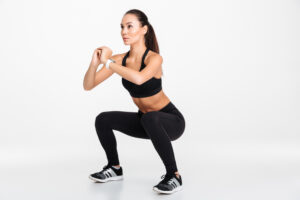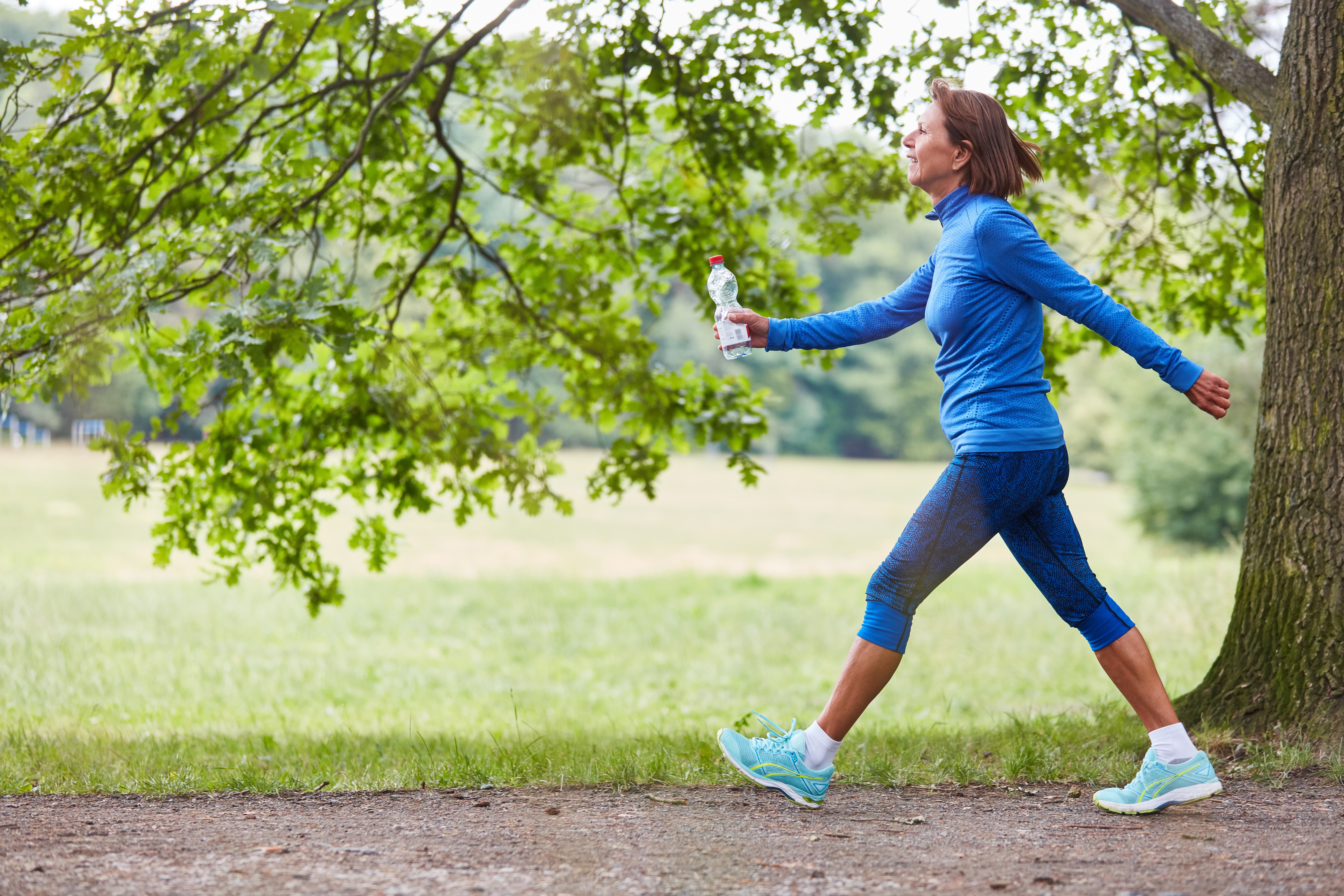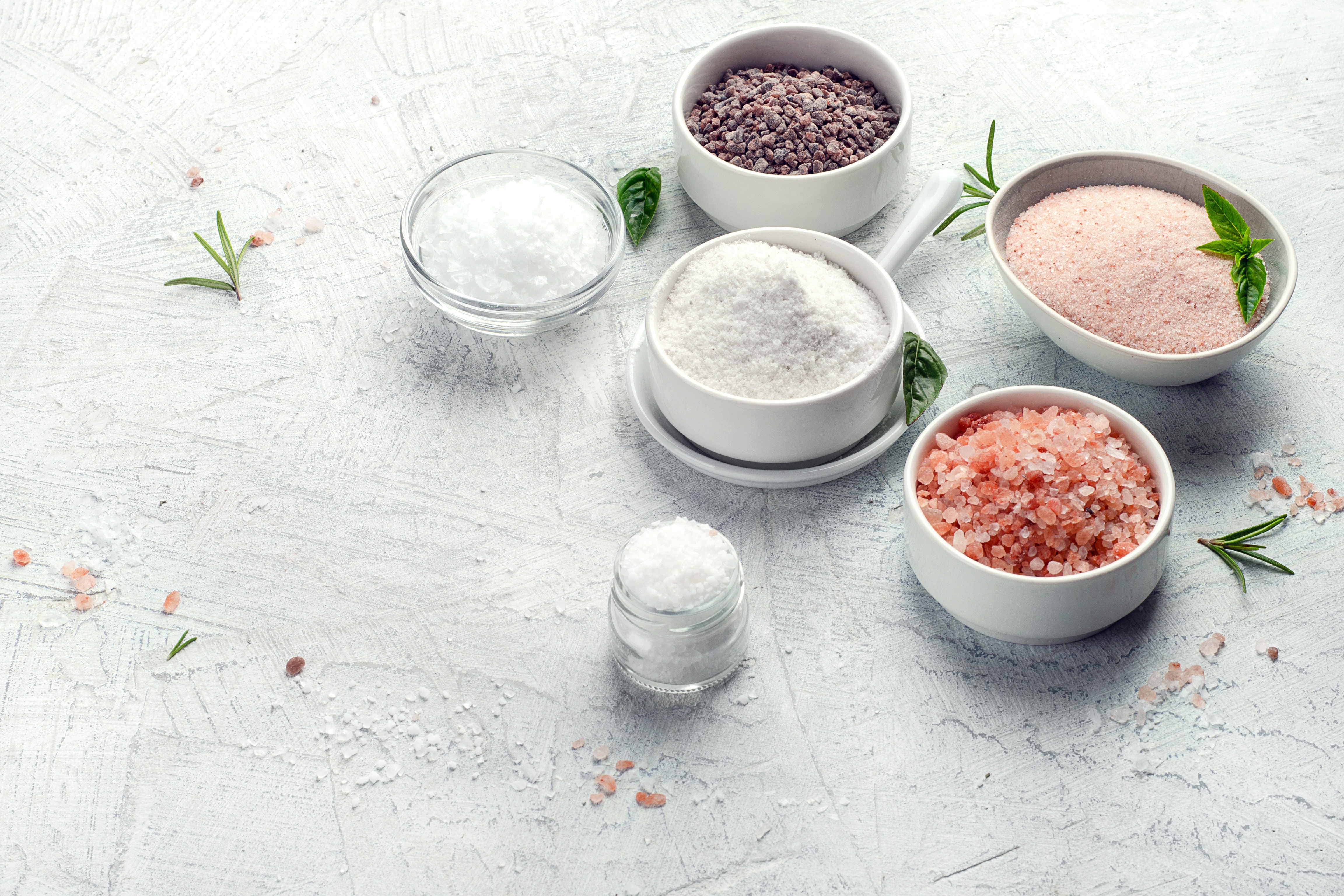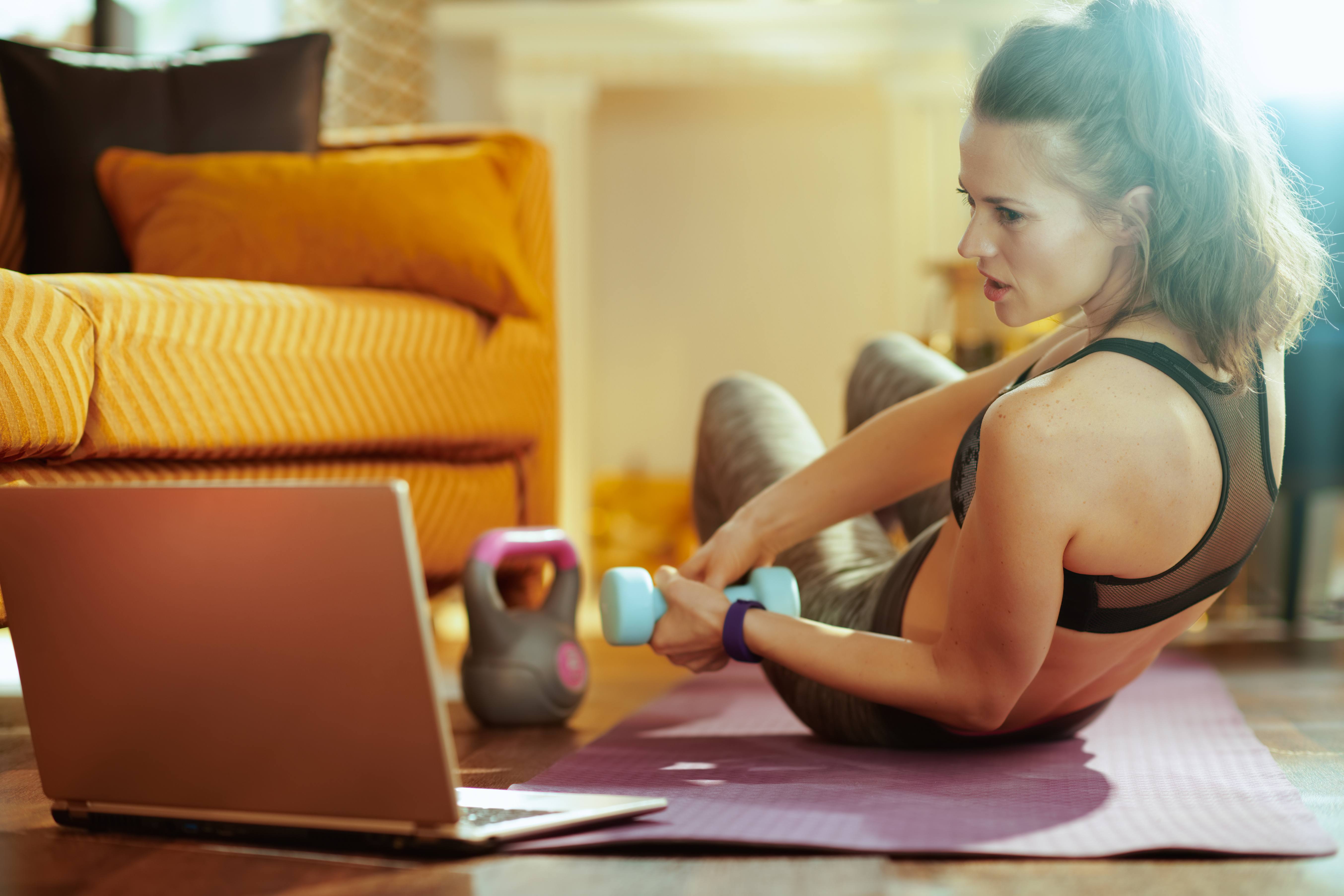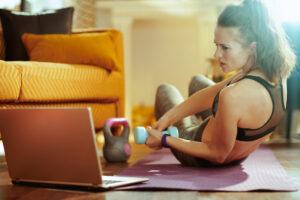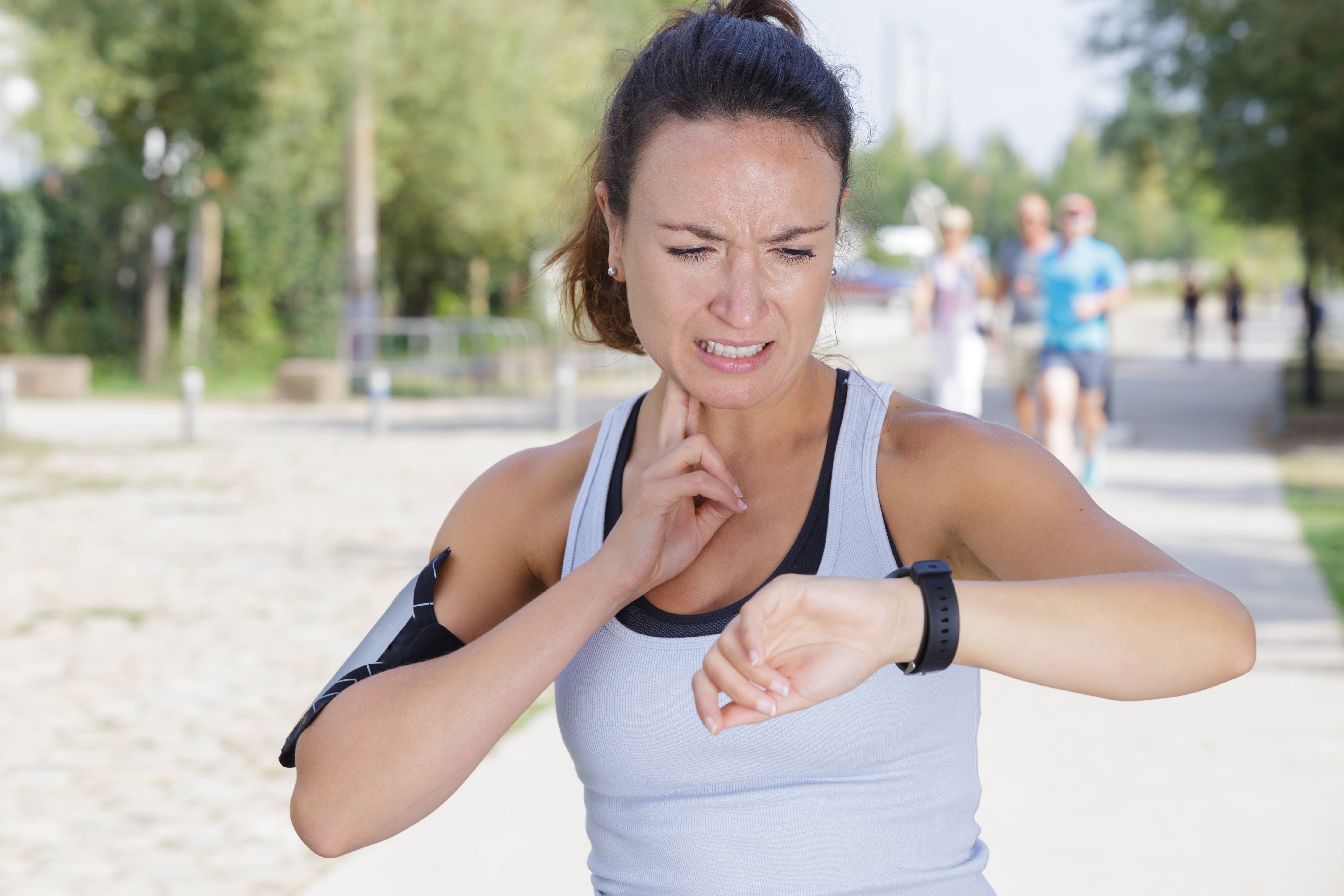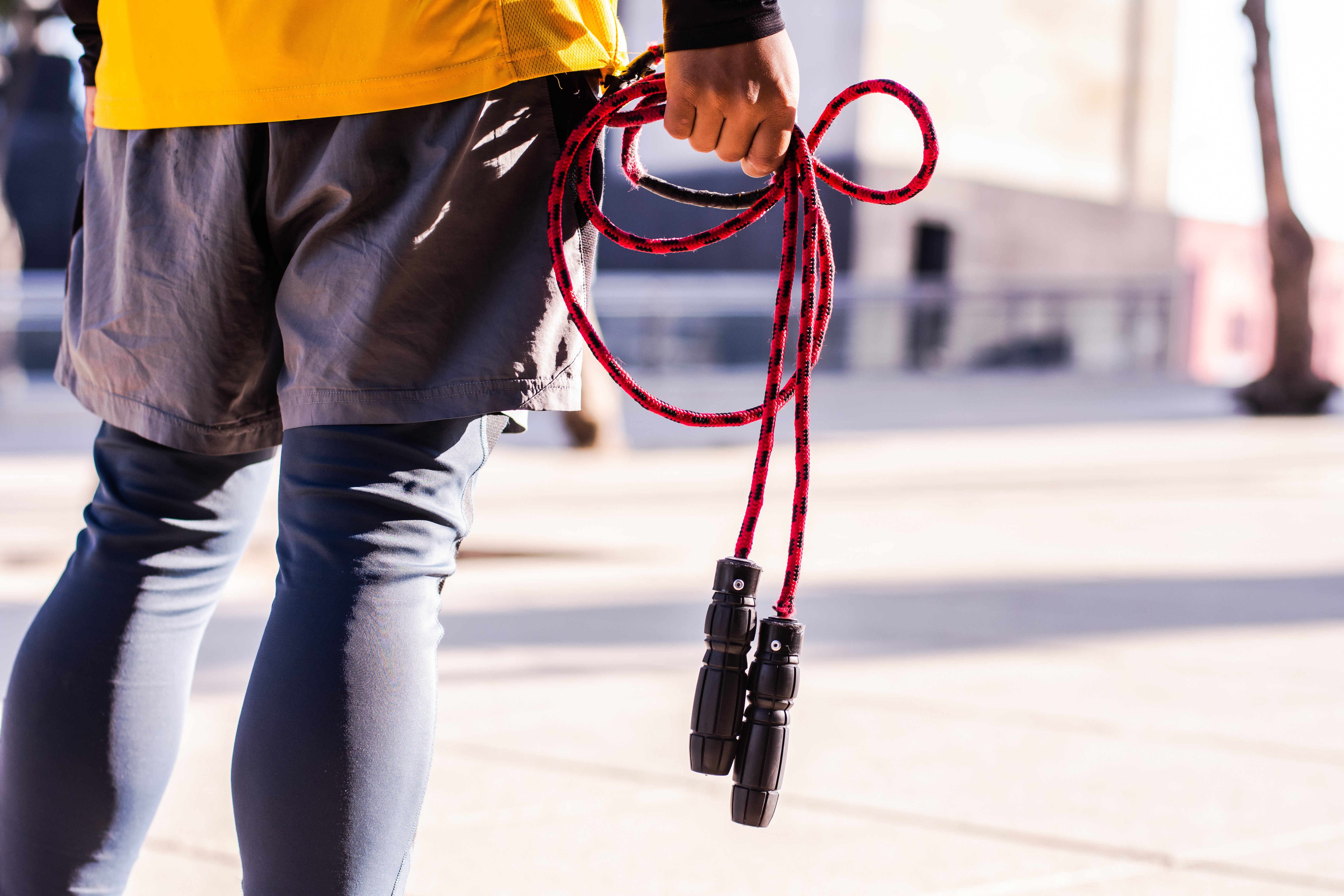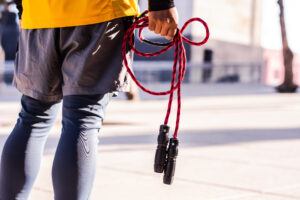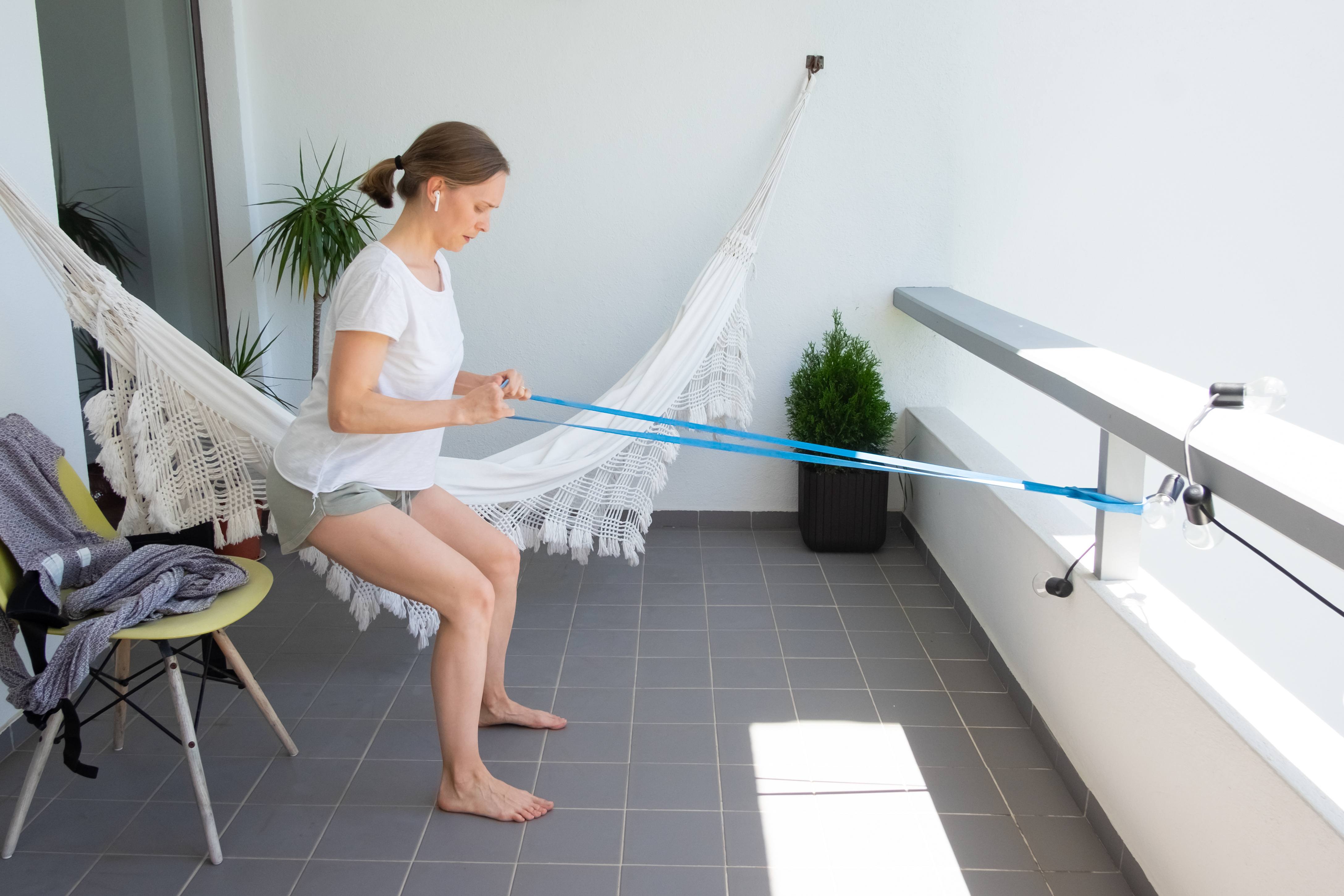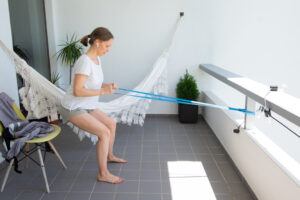
Are you confused about which salt to use when cooking and seasoning foods? There are so many options these days! At one time, table salt was the only choice you had for adding flavor and sodium to your recipes, but times have changed. Today, you can choose from an array of more exotic options, including sea salt, Himalayan salt, Celtic salt, and Kosher salt. They differ in terms of texture and flavor but what about health? If you have high blood pressure then you might want to know what is the healthiest salt to eat?
What you eat can impact your blood pressure. If you want to reduce your blood pressure, then you should monitor your food intake for its salt content. In fact, controlling your salt intake is your first line defense when trying to keep your blood pressure within normal range.
Salt is a combination of 40% Sodium and 60%Chloride (NACL).
Salt is found in most processed food especially breads, sauces, and condiments. Check out the ingredients and salt might be listed but only if it was added. However, the “Nutrition Facts” on food packing will always include sodium. This is because even when there no salt is added, there can be some trace sodium that naturally occurs in the product.
Your Low Salt Diet Plan For High Blood Pressure
The Pros and Cons of Table Salt vs. Sea Salt
One reason sea salt is popular is because people believe it’s healthier than table salt. Sea salt comes from the ocean and that gives it a certain mystique. In contrast, table salt comes from underground mines and undergoes refinement. Manufacturers produce sea salt by allowing ocean water to evaporate enough to produce the characteristic crystals. So, sea salt is less processed than table salt and has a higher concentration of minerals, including zinc, potassium, and iron. However, the quantities of these minerals isn’t large and are tiny when you consider the amount you get from eating whole, nutrient-dense foods.
There is a downside to sea salt that many people aren’t aware of. Oceans where sea salt comes from are often polluted, so sea salt can pick up some pollutants from the water, including heavy metals and microplastics. Microplastics in sea salt is a growing problem, but it’s not clear how much of an effect these microscopic plastics have on health. One analysis of 39 brands of sea salt found 36 contained microplastics.
Why is sea salt so popular? Some people like the coarser texture of sea salt and you may consume less sodium when you use it since the particles are larger and you don’t need to use as much. However, sea salt isn’t necessarily better for you.
Celtic Sea Salt
Celtic salt is a type of sea salt that comes from the shoreline of Brittany. It is moister than the average sea salt and has a slightly gray color because of its mineral content. Some sources claim that Celtic sea salt lowers blood pressure but there are no studies to support this.
As with other sea salt, the quantity of minerals in Celtic salt isn’t large, and it’s unlikely that it contains enough potassium and magnesium, minerals that help with blood pressure control, to have a dramatic effect on blood pressure. However, it contains more calcium and magnesium than standard sea salt and is slightly lower in sodium than table salt.
Himalayan Salt
Himalayan salt comes from mines south of the Himalayans in Pakistan. It has a slight pink color because it contains small quantities of oxidized iron. One reason people like it is because the pink color makes some dishes look more attractive. Beyond the visual appeal, Himalayan salt contains modest quantities of other minerals, including magnesium, potassium, and calcium. Like sea salt, it also is a bit lower in sodium relative to table salt, and higher in potassium, a mineral important for heart and blood vessel health. However, the best source of potassium is fruits and vegetables, not salt.
Kosher Salt
Kosher salt, like other forms of salt, contains sodium and chloride but may also contain small quantities of anti-clumping agents. One appeal is that the larger crystal size draws water from meat and the larger crystals are easier to control when seasoning foods by hand. Many people prefer the taste of Kosher salt to table salt since it lacks iodine, and iodine has a slightly bitter taste. The primary reason people choose kosher salt over other forms of salt is not for health reasons but because it’s easier to work with and has a better taste.
Table Salt Contains Iodine
One advantage of table salt over more exotic forms of salt, like sea salt, is table salt is fortified with iodine, a mineral most people don’t get enough of in their diet. Iodine is especially important for babies and children, since a lack of it can affect brain development and lead to mental retardation. In fact, the government began adding iodine to table salt to prevent this outcome. Plus, low iodine can cause an underactive thyroid in adults.
If you consume only exotic forms of salt without getting table salt, your risk of iodine deficiency is higher. Sea salt contains small quantities of iodine naturally, but not as much as table salt. Himalayans and Kosher salt contain little or no iodine. If you use these salts, consider adding other sources of iodine to your diet. Good iodine sources include fish, shellfish, seaweed, and dairy products.
You might think processed and packaged foods, being high in salt, are a good source of iodine. However, these products usually don’t contain iodized salts. So, even if you eat high-salt packaged foods, you still may fall short in iodine. If a packaged product is seasoned with iodized salt, it should say so on the label.
The Bottom Line
What’s the healthiest salt to eat? It depends on your diet as a whole. The common misperception that sea salt and other less processed salts are healthier than table salt, tempts people to pay more for more exotic options. Table salt alternatives contain slightly more minerals and slightly less sodium, but the differences are small. You’ll get much larger quantities of essential minerals by eating a nutrient-dense diet. The biggest benefit of table salt over less processed salts is the fact it contains iodine. People who don’t get iodine from iodized salt are at risk of iodine deficiency and thyroid dysfunction. If you choose a table salt alternative, make sure you’re getting enough iodine from other sources and still measure your intake of sodium.
References:
• National Institutes of Health. “Iodine”
• HealthLine.com. “Types of Salt: Himalayan vs Kosher vs Regular vs Sea Salt”
• NationalGeographic.com. “Microplastics found in 90 percent of table salt”
• Clar C, Wu T, Liu G, Li P. Iodized salt for iodine deficiency disorders. A systematic review. Endocrinol Metab Clin North Am. 2002 Sep;31(3):681-98. doi: 10.1016/s0889-8529(02)00011-7. PMID: 12227127.
• Jessica Farebrother, Celeste E Naude, Liesl Nicol, Zhongna Sang, Zhenyu Yang, Pieter L Jooste, Maria Andersson, Michael B Zimmermann, Effects of Iodized Salt and Iodine Supplements on Prenatal and Postnatal Growth: A Systematic Review, Advances in Nutrition, Volume 9, Issue 3, May 2018, Pages 219-237, https://doi.org/10.1093/advances/nmy009.
